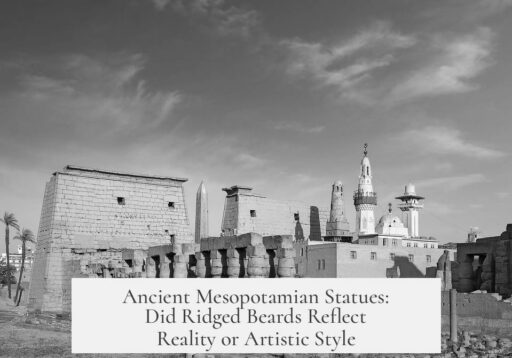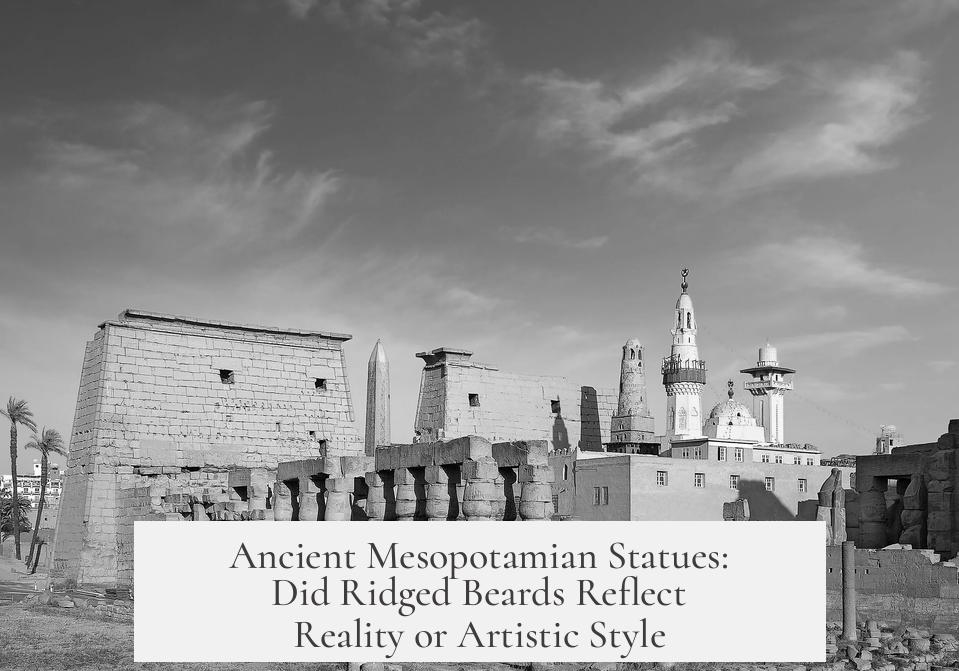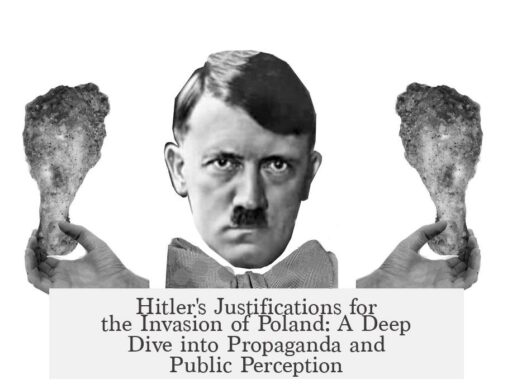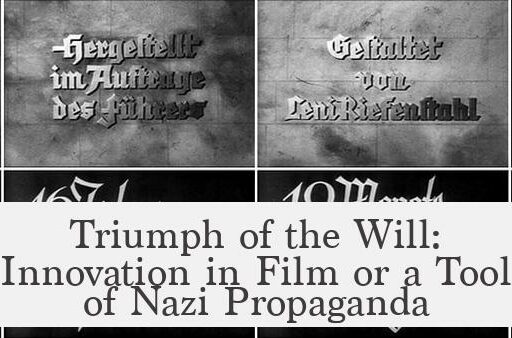In Ancient Mesopotamian statues, ridged and segmented beards reflect a stylized artistic convention rather than a precise visual record of real-life facial hair. These beards symbolize ethnic identity and royal authority but do not conclusively depict how individuals actually wore their facial hair.
Mesopotamian art spans thousands of years and features diverse cultures, from Sumerians to Akkadians to Assyrians. One consistent element is the geometric, patterned style of beards seen in their statues, reliefs, and votive objects. Beards often appear segmented into ridges or curls, arranged in repetitive forms such as waves, coils, or zigzag lines. This approach aligns with the broader Mesopotamian artistic tradition, which uses abstraction and geometry to convey identity and status rather than realistic detail.
For instance, early votive statues from the Third Millennium BCE display beards in zigzag patterns that emphasize length and texture in a highly stylized manner. These forms are not simple decorations but part of a symbolic visual language that distinguishes figures by ethnicity, rank, or role. Similarly, the famous bronze busts of Akkadian rulers like Sargon the Great or Naram-Sin show beards fashioned into tight, uniform curls or pillars. These designs underscore the wearer’s power and divine orderliness, reinforcing the king’s mythic stature within society.
Interestingly, not all Mesopotamian figures had bearded depictions. Governors of Lagash, for example, appear consistently clean-shaven up to the late post-Akkadian period. This variability highlights that beard styles in statues were not a universal representation of personal grooming but a deliberate choice linked to social identity, tradition, and symbolic meaning.
The segmented beard style also extends beyond human figures. Some animal sculptures and objects, like the famed Bull-headed Lyres of Ur, show bulls with beards—although domestic bulls lack facial hair. Scholars speculate these “beards” evoke the shaggy Eurasian bison, whose memory endured culturally. This example further emphasizes the use of stylization in conveying mythological or symbolic content rather than faithful naturalism.
Regarding actual beard styling practices, secondary sources suggest that by the Middle Assyrian period, men used braiding, curling, pressing with hot irons, and applying oils or mineral powders to groom their beards. However, direct archaeological or textual evidence on these grooming techniques remains scarce. Thus, we rely mostly on artistic conventions and symbolic meanings seen in statues rather than confirmation of exact hairstyling methods.
In sum, beards in Ancient Mesopotamian statues are best understood as artistic abstractions representing social identity, power, and cultural values. They do not provide a photographic likeness of individuals’ grooming habits. The consistent use of ridged and segmented patterns fits the broader Mesopotamian aesthetic preference for geometry and symbolism across art forms.
| Aspect | Details |
|---|---|
| Artistic Style | Geometric, patterned, stylized ridges and curls |
| Symbolism | Markers of ethnicity, rank, divine authority |
| Examples | Votive statues, Akkadian royal busts, bearded bulls in mythological art |
| Realism | Unclear if actual beard grooming matched statue styles |
| Historical Variations | Some leaders like governors of Lagash were clean-shaven |
| Grooming Practices | Speculative; suggested use of braiding, curling, oils, but no firm evidence |
- Bearded patterns in statues are symbolic and highly stylized, not precise portraits.
- Geometric and repetitive designs reflect broader Mesopotamian artistic norms.
- Beards may indicate social status, ethnicity, or mythic meaning rather than literal grooming.
- Some individuals and officials were depicted clean-shaven, showing diversity in beard representation.
- Evidence for actual beard grooming methods is sparse, making assumptions tentative.
Were Ancient Mesopotamian Beards Really Ridged and Segmented? Unraveling the Mystery of Iconic Statues
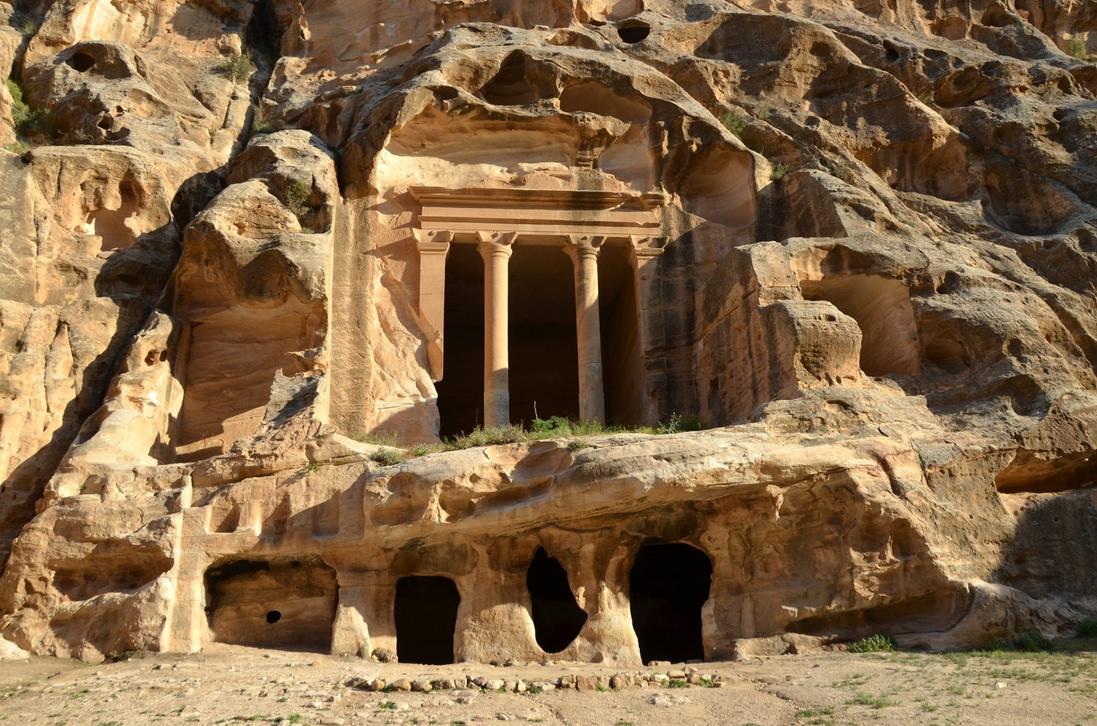
In Ancient Mesopotamian statues, beards often appear ridged and segmented—but was this just an artistic style, or how their beards truly looked? The short answer: We just don’t know for sure. Let’s dig into the ancient world, where art and reality blend into enigmatic statues filled with patterned beards.
Imagine stepping into a bustling city like Ur or Lagash thousands of years ago. You see men with thick, elaborate beards in public squares—or do you? Ancient Mesopotamian statues famously depict beards as ridged, segmented, and geometrically patterned. But historians and archaeologists face a huge puzzle: Is this stylization or an honest reflection?
Stylized Art in Mesopotamia: More About Symbols Than Realism
Stylized, geometric art runs like a golden thread through Mesopotamian culture. From early pre-history to the Islamic period, varied artwork displayed a clear pattern: representations were less about realism and more about symbolic meaning.
Statues made from stone, clay, or even precious metals show repeated geometric beard designs—zig-zags, waves, coils—crafted to express order and distinction. These patterns fit neatly into the broader Mesopotamian ethos of conveying cosmic and social harmony through art.
So, when you see a segmented beard on a statue, you’re looking at a deliberate abstraction. The artists focus on signaling power, ethnicity, and status rather than capturing each hair strand perfectly.
Beard Examples: From Votive Statues to Royal Portraits
Early votive statues dating back to the Early Dynastic period (around 3000 BCE) showcase what could be the earliest examples of this segmented beard. Their zig-zag design creates the illusion of a wavy, majestic beard—perfect for temple offerings meant to impress the gods.
Interestingly, not just humans, but even bulls sport beards in Mesopotamian art. The famous Bull-headed lyres from Ur and Post-Akkadian statues depict bulls with beards, an odd choice since domestic bulls lack facial hair.
Theorists suggest this iconography may stem from the Eurasian bison—with actual beards—which once roamed the Zagros and Iranian plateau. The mythical Sumerian alimbu, “the wild bull with lapis lazuli beard,” reflects this cultural memory.
Then there’s the iconic bronze bust of Sargon the Great (or possibly his grandson Naram-sin). His beard coils into tightly structured spirals and pillars, a testament to deliberate artistic organization. This isn’t random—it’s royal iconography showing the king as an embodiment of order.
Real Life vs. Royal Imagery: The Clean-Shaven Governors of Lagash
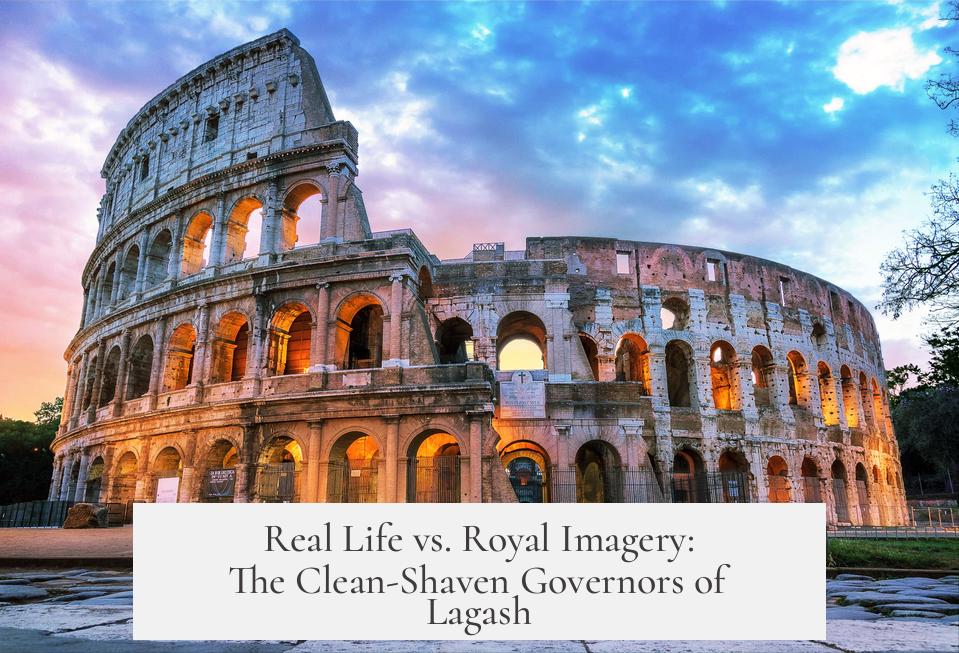
Not every Mesopotamian man matched these beard ideals. Governors of Lagash famously appeared clean-shaven in statues. Gudea and his son Ur-Ningirsu, leading figures of the post-Akkadian period, also mostly sported clean faces. Yet, in later life, Ur-Ningirsu adopted the elaborate coiffed beard, clearly influenced by Akkadian royal trends.
This contrast hints at a cultural palette where beard styles communicated identity or ethnicity more than personal grooming habits.
Beard Styling in Everyday Life: Braids, Oils, or Just a Maybe?
Some secondary sources on the Middle Assyrian period mention beard styling with braids, hot irons, beads, and oils containing resins and dyes. It sounds fascinating—like the Mesopotamian version of a modern barber’s day spa—but archaeologists lack direct primary evidence.
Could oils and hot irons have existed? Possibly. Were they widespread? Unclear. The beard’s segmented style seen in statues might be artistic symbolism outlining the ideal masculine image more than a practical guide to grooming.
Why the Ridged, Patterned Beard? It’s About Power and Order
The segmented beard style fits into the royal iconography’s larger purpose: to assert the king’s mythic and symbolic importance. These beards visually reinforce the idea of a kingdom maintained by order and harmony, a world ruled firmly from the top down.
Every coil and ridge represents orderliness, a pattern amidst chaos, much like the laws and governance the king embodied. It’s a visual cue telling subjects, “This king brings structure to the world.”
What Can We Really Say? Evidence Has Its Limits
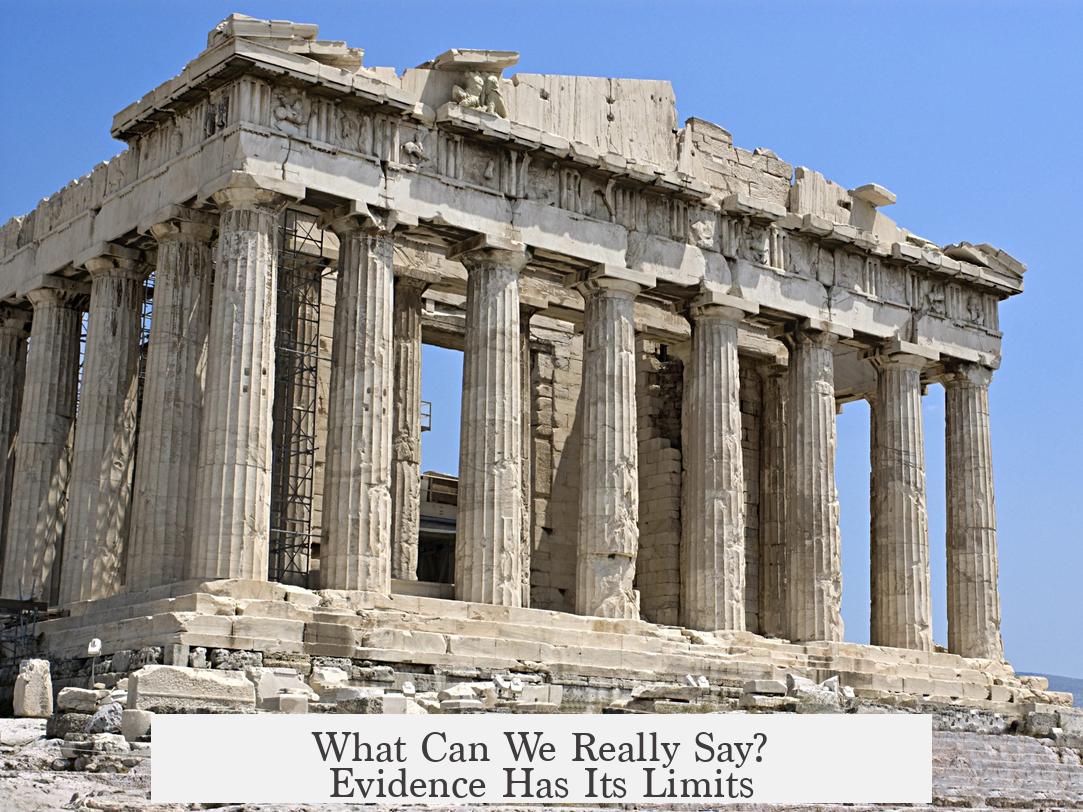
It’s tempting to imagine actual Mesopotamian men walking about with beards styled like those statues. But the truth? We’re stuck with iconography and scant texts. No beard photos from 4000 years ago, sadly.
Evidence mainly reflects public, official depictions, possibly reserved for priests, kings, and mythological figures. How everyday people wore their facial hair remains a mystery hidden beneath millennia of dust.
So, Were Those Beards Real or Artistic License?
Mostly, the ridged, segmented beards in ancient Mesopotamian statues are stylized, symbolic representations rather than exact depictions. They served to signal ethnicity, status, and cosmic order, not to document personal grooming.
But next time you gaze at that bronze bust with its immaculate, patterned beard, remember: it’s less about facial hair and more about storytelling with stone and metal. Those ridges and coils whisper tales of kings, culture, and the concept of order shimmering along the Tigris and Euphrates.
What beard style tells you about identity today? Maybe the ancient Mesopotamians knew something about hair—and symbols—that still resonates. Or at least gives us a fun riddle to chew over while stroking a fictional beard.
